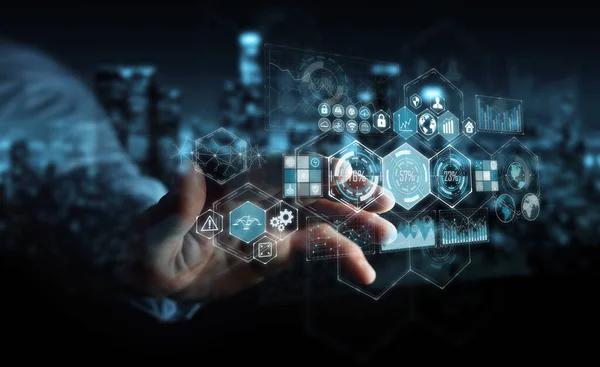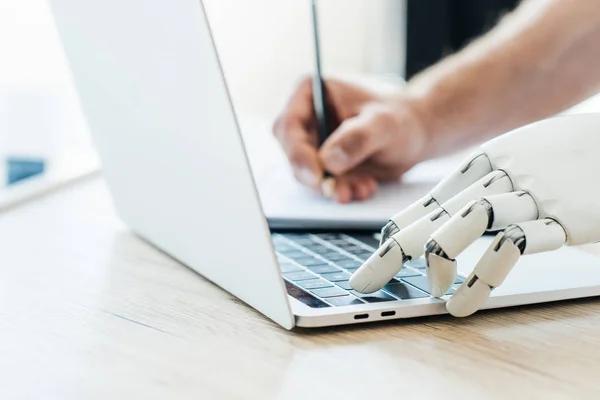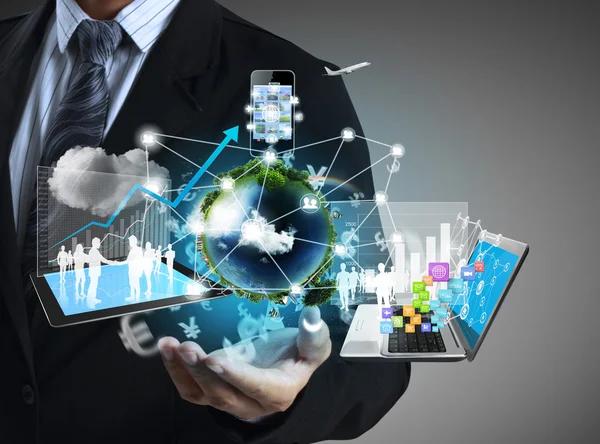In the rapidly evolving landscape of technology, artificial intelligence (AI) has emerged as a transformative force, reshaping various industries and redefining traditional processes. One area where AI’s impact is particularly profound is in content creation. The convergence of creativity and code through AI tools offers both opportunities and challenges for creators across the globe.
At its core, AI in content creation involves algorithms that can analyze data, recognize patterns, and generate text or multimedia content with minimal human intervention. This capability has opened up new avenues for creativity by allowing individuals to produce high-quality content more efficiently. For instance, writers can leverage AI content generation-powered tools to generate ideas or even draft articles based on specific parameters. These tools can analyze vast amounts of information quickly and provide insights that would take humans significantly longer to compile.
Moreover, AI-driven platforms are not limited to textual content alone; they extend into visual arts as well. Artists now have access to software that can create intricate designs based on input criteria or even mimic artistic styles from different eras. This fusion of art and technology enables artists to explore uncharted territories without being constrained by traditional methods.
However, the integration of AI into creative processes raises questions about authenticity and originality. Critics argue that relying too heavily on machine-generated content could dilute the essence of human creativity. While machines excel at processing data and generating outputs based on predefined rules, they lack the emotional depth and subjective experience inherent in human artistry.
Despite these concerns, many believe that AI serves as an augmentative tool rather than a replacement for human creativity. By handling repetitive tasks such as editing or formatting, it frees up time for creators to focus on higher-level conceptual work—where true innovation often occurs.
Furthermore, collaboration between humans and machines fosters a symbiotic relationship where each complements the other’s strengths: humans bring intuition while machines offer precision; together they push boundaries previously deemed unattainable.
The democratization brought about by accessible AI technologies also plays a significant role in shaping modern creative landscapes—individuals who may not have had formal training now find themselves empowered with resources once reserved only for professionals within their respective fields.
As we continue navigating this intersection between craftiness encoded through lines upon lines—the potential applications remain boundless yet ultimately dependent upon how society chooses balance automation alongside authentic expression moving forward into tomorrow’s digital age wherein imagination meets implementation head-on like never before seen throughout history thus far…
In conclusion: Crafting Content With Code represents both challenge opportunity alike—a dynamic interplay capable revolutionizing what means be ‘creative’ amidst ever-evolving technological backdrop today beyond!




